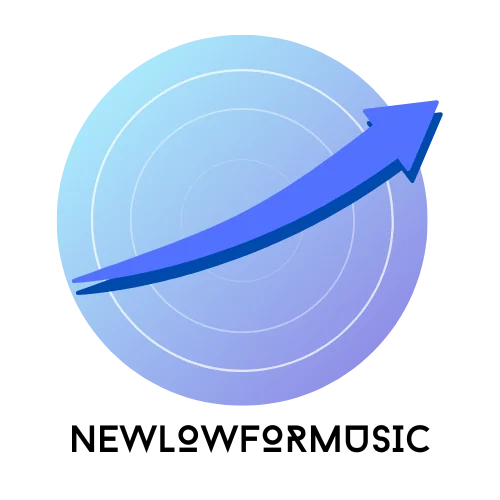Table of Contents
ToggleIn a world where financial surprises lurk around every corner, mastering budget projection can feel like trying to tame a wild beast. But fear not! With the right tools and a sprinkle of humor, anyone can transform their budget from a chaotic mess into a well-oiled money machine. Imagine confidently forecasting your expenses while sipping coffee instead of sweating bullets.
Understanding Budget Projection
Budget projection involves estimating future income and expenses to create a financial plan. It empowers individuals and organizations to navigate financial uncertainties effectively.
What Is Budget Projection?
Budget projection refers to the process of forecasting financial performance over a specified period. This process includes analyzing historical data and market trends. Professionals typically utilize software tools to facilitate these projections. They also incorporate fixed and variable expenses to achieve a comprehensive financial overview. Accurate projections help guide decision-making and ensure resources align with goals.
Importance of Budget Projection
Budget projection serves several critical purposes. It fosters financial discipline by encouraging businesses and individuals to monitor spending closely. Additionally, it aids in identifying potential cash flow issues before they arise. Stakeholders rely on projections for strategic planning, enabling the allocation of resources in alignment with priorities. Incorporating budget projections allows for agile responses to changing financial landscapes. Ultimately, it contributes to sustained financial health and informed decision-making.
Steps to Create a Budget Projection


Creating a budget projection involves several key steps to ensure accuracy and effectiveness. Each step builds on the previous one, leading to insightful financial forecasts.
Gather Financial Data
Collecting relevant financial data forms the foundation of any budget projection. Review past income statements, expense reports, and balance sheets. Include data from various sources to gain a comprehensive view. Utilize accounting software or spreadsheets for ease of organization. Gather quarterly or annual data to spot patterns and variations. This information influences projections and aids in informed decision-making.
Analyze Historical Trends
Examining historical trends offers valuable insights into future financial performance. Identify recurring patterns in income and expenses over previous periods. Look for seasonal changes that could impact cash flow. Assess any anomalies that may have affected past data for clarity. Utilize graphical representations to visualize trends. Ensure clarity in understanding how previous performance predicts future outcomes. This analysis lays the groundwork for accurate forecasting.
Make Forecasts
Constructing forecasts relies heavily on the data and trends analyzed. Use gathered data to estimate future income and expenses. Factor in changes in market conditions, such as economic indicators and consumer behavior. Apply different scenarios to account for uncertainty. Ensure projections are realistic, aiming for a balanced approach. Adjust forecasts periodically based on new information or market shifts. This proactive adjustment maintains the relevance of budget projections.
Common Methods for Budget Projection
Various methods exist for budget projection, each suited to different scenarios. Understanding these approaches enables informed financial planning.
Line-Item Budgeting
Line-item budgeting focuses on detailed expense listings. Each item, such as salaries, utilities, and materials, appears separately. This approach simplifies the approval process, as stakeholders can review individual components. People often find it useful for tracking specific costs effectively. Managers can adjust items based on actual expenditures, enhancing accuracy. Review of past spending patterns aids in predicting future financial needs.
Zero-Based Budgeting
Zero-based budgeting starts each budgeting period from a “zero base.” Under this method, all expenses require justification, regardless of previous budgets. This technique promotes cost-consciousness, as every dollar must support a specific project or goal. Decision-makers assess needs and allocate resources based on current objectives. Notably, zero-based budgeting fosters greater accountability and ensures only necessary expenditures receive funding.
Incremental Budgeting
Incremental budgeting relies on previous budget figures, making small adjustments for the new period. This method works efficiently for stable organizations with predictable expenses. Adjustments typically account for inflation or changes in revenue projections. While it simplifies the budgeting process, incremental budgeting can overlook areas where cuts or increased investments might improve performance. Therefore, staff must regularly evaluate budget assumptions to remain aligned with strategic objectives.
Tools and Software for Budget Projection
Various tools and software streamline the budget projection process, making the task more efficient and manageable.
Excel for Budget Projection
Excel serves as a versatile tool for budget projection. Users can create detailed spreadsheets to track income and expenses. Formula functions allow for automatic calculations, enhancing accuracy. Additionally, templates facilitate easy setup, enabling quick data entry. Customization options let individuals tailor their projections to specific needs, making Excel widely applicable across industries.
Budgeting Apps and Software
Budgeting apps and software offer user-friendly interfaces for financial tracking. Many applications feature real-time updates, allowing users to monitor expenses on the go. Integration with bank accounts can automate data import, simplifying financial management. Popular options include Mint, YNAB, and PocketGuard, each providing unique features to enhance budgeting. Users can analyze spending habits, set financial goals, and receive alerts to stay on track.







